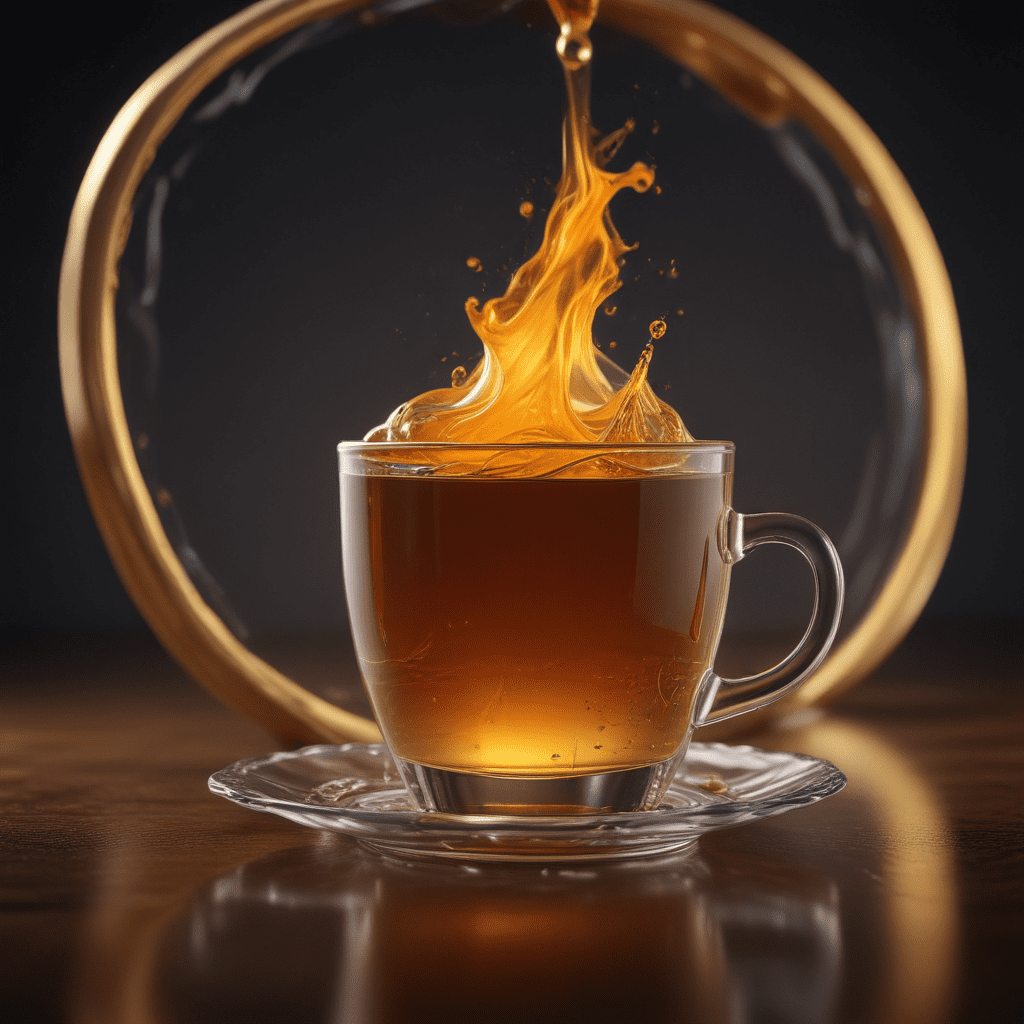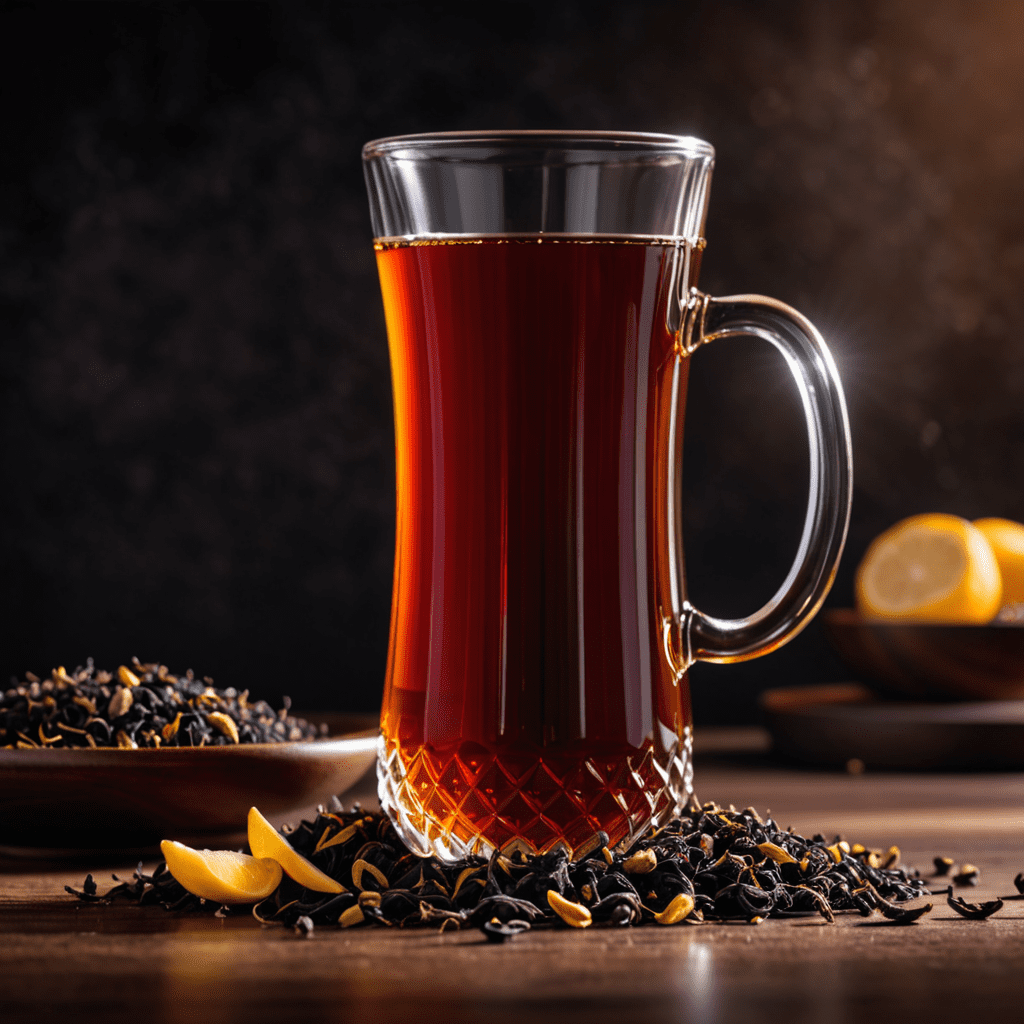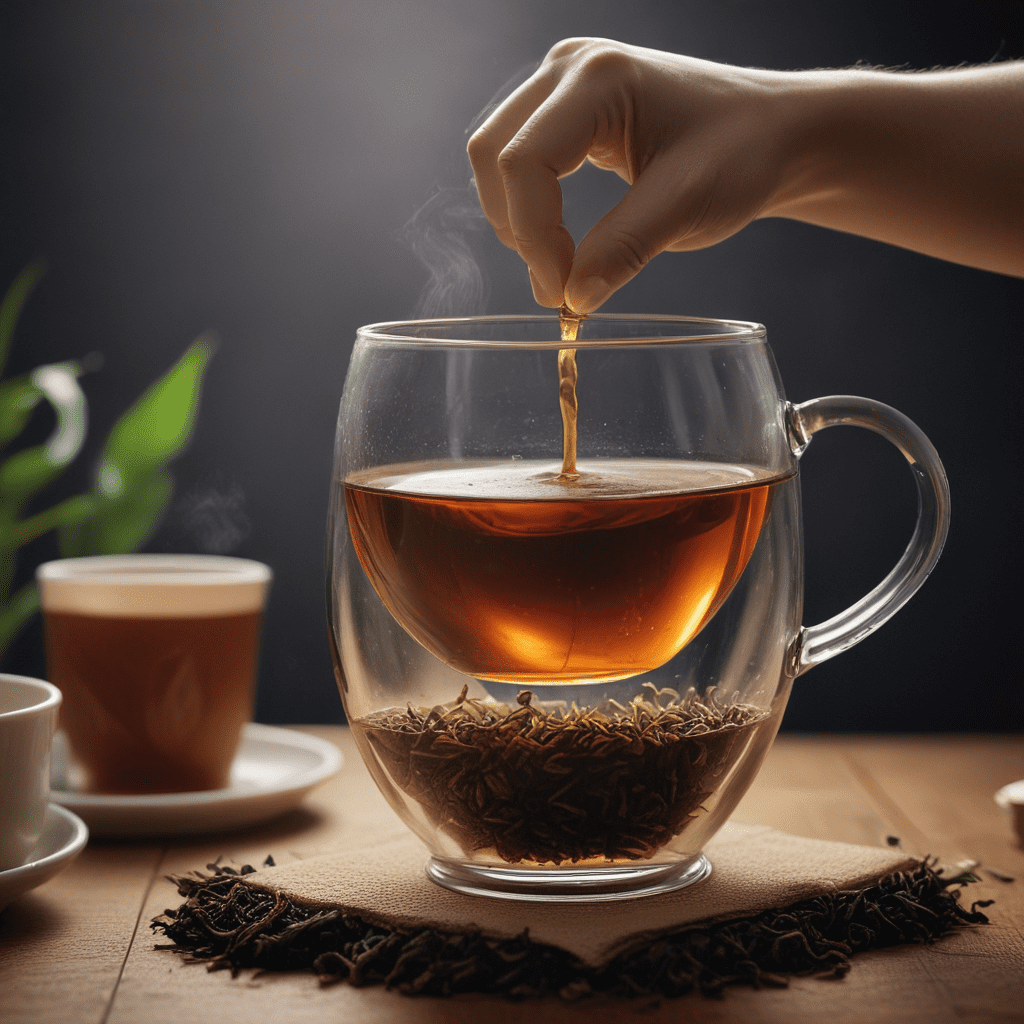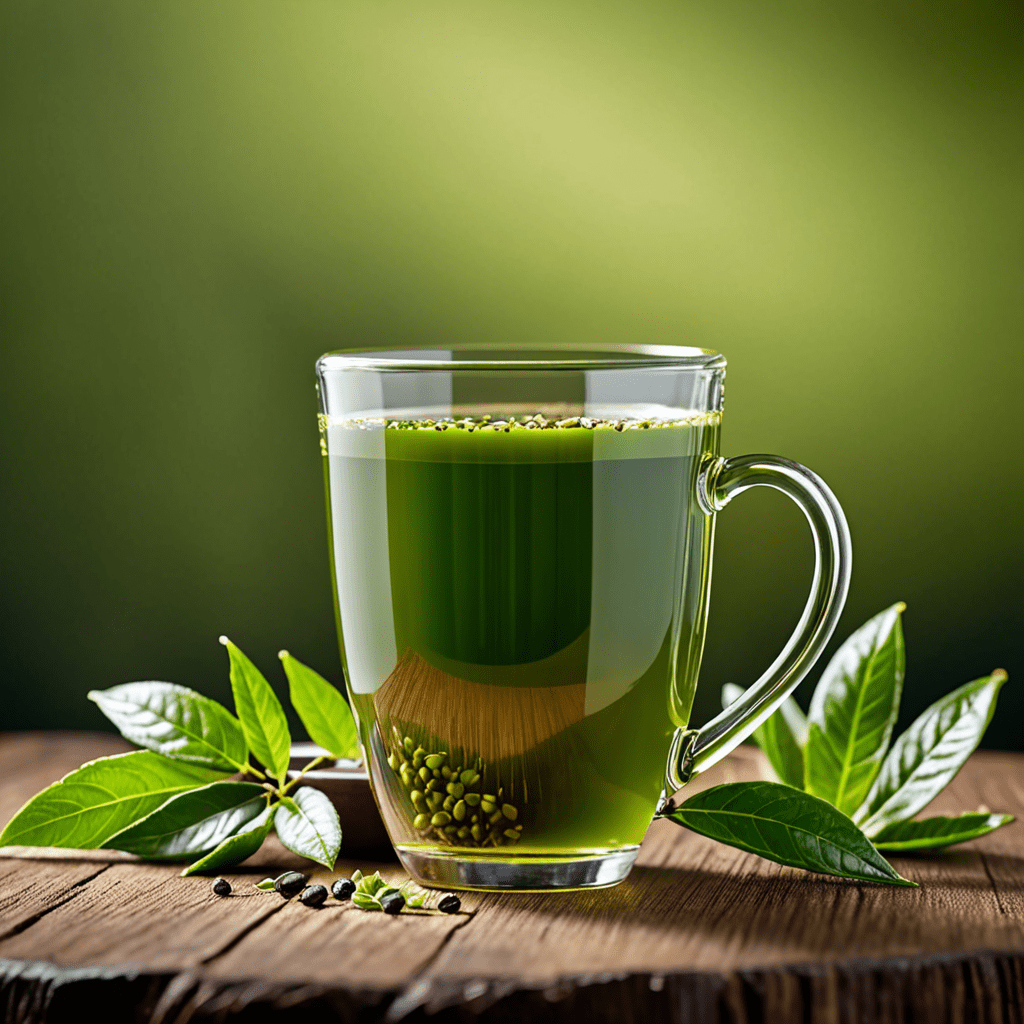
Embracing Diversity: Regional Tea Cultures in India
1. Introduction: A Nation Steeped in Tea
India, a land of vibrant colors, diverse landscapes, and rich cultural heritage, is also a nation deeply steeped in the tradition of tea. From the snow-capped Himalayas to the lush plains of Assam, tea plantations paint a picturesque canvas across the country, each region boasting its own unique tea culture and flavor profile.
The journey of tea in India began in the 19th century, when the British East India Company introduced tea cultivation to the country. What started as an experiment soon blossomed into a thriving industry, transforming India into the world's second-largest tea producer. Today, tea is an integral part of Indian life, woven into the fabric of daily routines, social gatherings, and cultural celebrations.
2. From Darjeeling to Assam: A Journey Through Regional Flavors
India's diverse geography and climatic conditions give rise to a wide array of tea varieties, each with its distinct character and appeal. From the delicate muscatel notes of Darjeeling to the malty, full-bodied Assam teas, each region offers a unique taste experience.
Let's embark on a journey through some of the most prominent tea-growing regions in India, exploring the distinct flavors and traditions that define their tea cultures:
3. Darjeeling: The "Champagne" of Indian Teas
Nestled amidst the breathtaking Himalayas, Darjeeling is renowned for producing some of the finest teas in the world. Its high-altitude tea gardens, shrouded in mist and kissed by cool mountain air, yield teas with a delicate aroma, a light liquor, and a distinctive muscatel flavor.
Darjeeling teas are categorized by their "flush" – the time of year when they are harvested. The prized "First Flush" teas, harvested in the spring, offer a light, refreshing flavor with floral notes. The "Second Flush" teas, picked in the summer, are known for their fuller body and a more pronounced muscatel character.
4. Assam: The World's Largest Tea-Growing Region
Assam, located in the fertile Brahmaputra Valley, is the world's largest tea-growing region, accounting for over half of India's tea production. Assam teas are characterized by their robust, malty flavor, deep amber color, and strong, invigorating aroma.
The region's hot and humid climate, coupled with rich alluvial soil, creates ideal conditions for tea cultivation. Assam teas are typically enjoyed with milk and sugar, making them a popular choice for breakfast or an afternoon pick-me-up.
5. Nilgiris: The "Blue Mountains" and Their Unique Teas
The Nilgiris, also known as the "Blue Mountains," is a mountainous region in southern India, home to picturesque tea gardens and a unique tea culture. The Nilgiris teas are known for their floral and fruity notes, along with a distinctive aroma reminiscent of eucalyptus.
The region's tea gardens, nestled amidst rolling hills and dense forests, produce a variety of black teas, green teas, and oolongs. The Nilgiris teas are often enjoyed straight, allowing their delicate flavors and aromas to shine through.
6. Kangra: A Hidden Gem in the Himalayas
Tucked away in the foothills of the Himalayas, Kangra Valley in Himachal Pradesh offers a unique tea-growing experience. With its pristine environment, fertile soil, and abundant rainfall, the region produces teas renowned for their delicate flavor and subtle floral notes.
Kangra tea boasts a long history, dating back to the 19th century. The British introduced tea cultivation to the valley, and today, it is home to numerous small tea gardens scattered across the hillsides. The region's unique microclimate, characterized by cool summers and mild winters, contributes to the distinctive character of Kangra teas.
The most popular variety from Kangra is Kangra Black Tea, known for its light amber color, refreshing aroma, and subtle sweetness. The region also produces green teas and oolongs, which are gaining popularity for their delicate flavors and health benefits.
7. Sikkim: A Land of Tea Gardens and Monasteries
Nestled in the Eastern Himalayas, Sikkim is a land of breathtaking beauty, ancient monasteries, and lush tea gardens. The region's tea industry is relatively young, but it has quickly gained recognition for its high-quality teas and sustainable practices.
Sikkim's tea gardens are located at high altitudes, ranging from 1,000 to 2,000 meters, providing ideal conditions for tea cultivation. The cool climate, abundant rainfall, and rich soil contribute to the unique flavor profiles of Sikkim teas.
The most famous tea from Sikkim is Temi Tea, named after the first tea estate established in the region. Temi Tea is known for its distinctive muscatel flavor and light amber color. Other popular varieties include Darjeeling-style black teas and green teas.
8. Beyond Black: Exploring the Diversity of Indian Teas
While black tea remains the most popular choice in India, the country offers a wide variety of other tea types, each with its distinct characteristics and appeal.
Green tea, known for its delicate flavor and health benefits, is gaining popularity in urban areas. Oolong teas, with their unique oxidation process, offer a balance of black and green tea characteristics. White tea, made from young tea buds, is valued for its light flavor and high antioxidant content.
Herbal teas, made from various plants and spices, are also widely consumed in India. These include masala chai, a blend of black tea, milk, sugar, and spices like cardamom, cinnamon, and ginger; and tulsi tea, made from the holy basil plant, known for its medicinal properties.
9. The Rituals and Traditions of Indian Tea Culture
Tea is more than just a beverage in India; it is an integral part of the country's social and cultural fabric. From chai wallahs serving steaming cups on street corners to elaborate tea ceremonies in homes, tea rituals vary across regions, reflecting the diverse cultures and traditions of India.
In many parts of India, tea is a symbol of hospitality and a way to connect with friends and family. A cup of chai is often offered to guests as a gesture of welcome, and tea time is a common occasion for social gatherings.
In some regions, tea ceremonies hold significant cultural and religious importance. For example, in Assam, the Bihu festival features a tea ceremony where offerings of tea are made to the gods.
10. Conclusion: Embracing the Rich Tapestry of Indian Tea
India's tea culture is a vibrant tapestry woven from diverse regional flavors, traditions, and rituals. From the delicate muscatel notes of Darjeeling to the robust malty Assam teas, each region offers a unique tea experience.
Whether enjoyed in a bustling chai stall or a quiet home, tea plays a significant role in Indian life, fostering connections, celebrating traditions, and offering a moment of respite amidst the daily hustle. As India continues to evolve, its tea culture remains a testament to the country's rich heritage and diverse flavors.
FAQ
What is the most popular type of tea in India?
Black tea is the most popular type of tea in India, accounting for over 80% of the country's tea consumption.
What are some of the health benefits of Indian tea?
Indian teas are rich in antioxidants, which have been linked to various health benefits, including reduced risk of heart disease, cancer, and Alzheimer's disease.
Where can I find Indian tea?
Indian tea is widely available in grocery stores, tea shops, and online retailers.
How do I make Indian tea?
To make Indian tea, steep black tea leaves in boiling water for 3-5 minutes. Add milk, sugar, and spices to taste.
What are some of the traditional tea ceremonies in India?
Traditional tea ceremonies vary across regions in India. Some common elements include offering tea to the gods, using special utensils, and chanting mantras.


